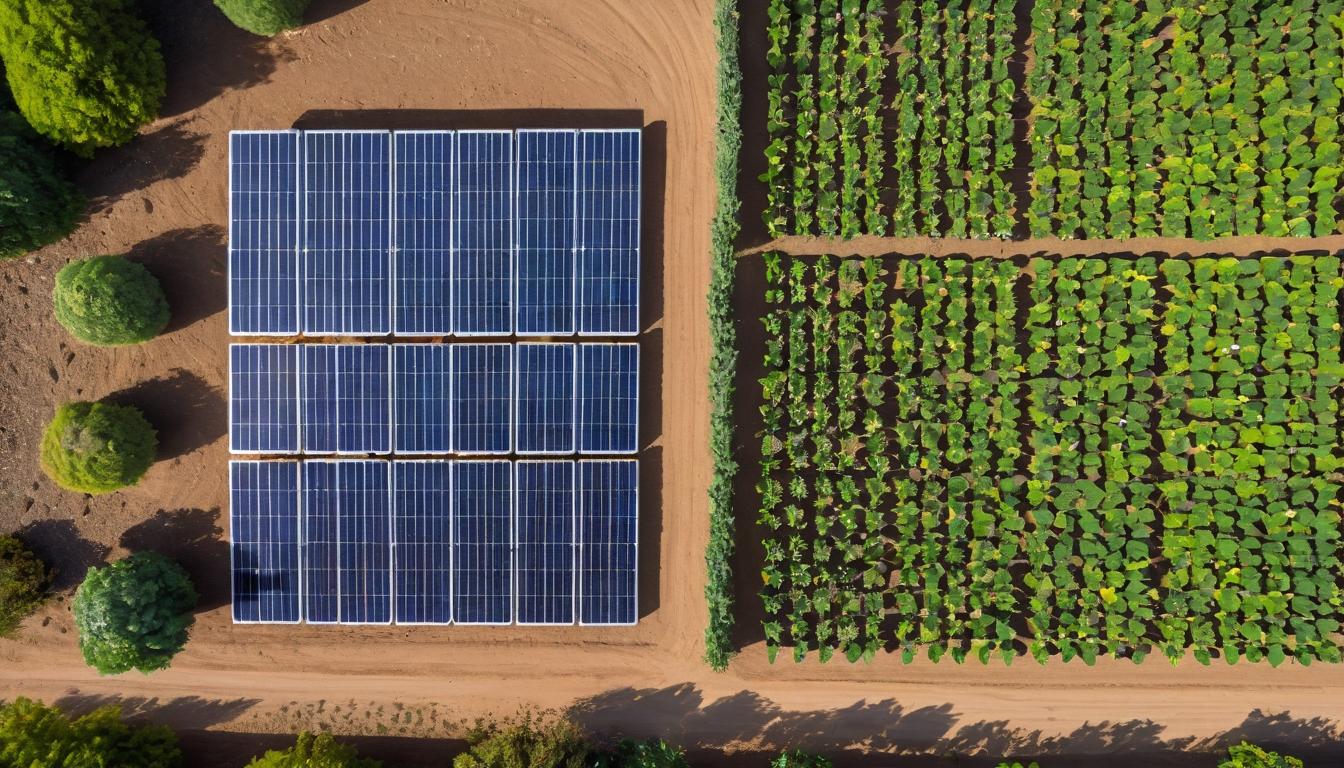Across suburban rooftops and sprawling farmlands, a silent transformation is unfolding—one that challenges everything we thought we knew about energy production. While Washington debates climate policy and corporate boardrooms discuss sustainability targets, ordinary Americans are taking matters into their own hands, creating a distributed energy network that's reshaping our power grid from the bottom up.
What began as a niche movement for environmentally conscious homeowners has exploded into a mainstream phenomenon. The numbers tell a compelling story: solar installations are growing at a pace that consistently exceeds even the most optimistic projections. But behind these statistics lies a more fascinating narrative about how technology, economics, and consumer behavior are converging to create an energy revolution that nobody saw coming.
The economics of solar have undergone a dramatic shift that makes previous energy transitions look almost glacial by comparison. Just a decade ago, solar panels were expensive luxuries, accessible primarily to wealthy homeowners and corporations with sustainability mandates. Today, the cost of solar photovoltaic systems has plummeted by over 80%, making them competitive with—and often cheaper than—traditional grid power in most markets. This isn't just incremental improvement; it's a fundamental rewriting of the energy cost equation.
What's particularly intriguing is how this cost revolution has unfolded. While government incentives played a role in the early days, the real driver has been manufacturing scale and technological innovation. Solar panel efficiency continues to climb while production costs continue to fall, creating a virtuous cycle that shows no signs of slowing. The result? Solar is no longer just an environmental choice—it's becoming the economically rational decision for millions of households and businesses.
But the solar story extends far beyond rooftop installations. Community solar projects are emerging as a game-changer for renters, apartment dwellers, and homeowners with unsuitable roofs. These shared solar gardens allow multiple households to subscribe to a single, larger solar array located elsewhere in their community. The concept is simple but revolutionary: participants receive credits on their electricity bills for their share of the power produced, without needing to install anything on their own property.
This model is particularly powerful because it democratizes solar access. Low-income households, which traditionally faced barriers to solar adoption due to upfront costs and credit requirements, can now participate in the clean energy transition. The implications for energy equity are profound, potentially creating a more inclusive renewable energy ecosystem that benefits communities rather than just individual property owners.
Meanwhile, the energy storage revolution is quietly reshaping how we think about solar power's limitations. For years, the intermittent nature of solar—producing power only when the sun shines—was its Achilles' heel. But battery technology is changing that narrative at a breathtaking pace. Home energy storage systems, once exotic and expensive, are becoming increasingly common additions to solar installations.
These batteries do more than just store excess solar energy for use at night; they're creating resilient microgrids that can operate independently during power outages. In regions prone to wildfires, hurricanes, or other natural disasters, this capability is transforming solar-plus-storage systems from mere electricity generators into essential infrastructure for community resilience. The combination of solar panels and batteries is creating what energy experts call 'islandable' systems—homes and businesses that can disconnect from the main grid and operate autonomously when necessary.
The corporate world is watching these developments closely, and their response is telling. Major retailers, tech companies, and manufacturers are installing massive solar arrays on their facilities and parking structures. For these companies, solar isn't just about sustainability reporting—it's about locking in predictable energy costs for decades, insulating themselves from volatile fossil fuel markets, and creating new revenue streams through power purchase agreements.
What's particularly fascinating is how this corporate adoption is driving innovation in financing and business models. Solar-as-a-service arrangements, where companies pay for solar electricity rather than purchasing the equipment outright, are becoming increasingly sophisticated. These models remove upfront capital barriers and make solar accessible to organizations that might otherwise hesitate to make large infrastructure investments.
The regulatory landscape, however, remains a complex patchwork that varies dramatically from state to state. Net metering policies—which determine how solar owners are compensated for excess electricity they feed back into the grid—are the subject of intense debate and frequent revision. Some states have embraced solar with generous incentives and supportive policies, while others have erected barriers that slow adoption.
This regulatory uncertainty creates both challenges and opportunities. Solar companies must navigate this complex terrain, adapting their business models to different markets and anticipating policy changes. For consumers, it means that the economics of solar can change rapidly based on regulatory decisions made in state capitals—adding an element of urgency for those considering installation.
Looking ahead, the integration of solar with other emerging technologies promises even more dramatic changes. Electric vehicles are essentially batteries on wheels, and when paired with home solar systems, they create a symbiotic relationship that maximizes the value of both investments. Smart inverters and advanced grid management systems are enabling more sophisticated control of distributed energy resources, turning what was once a challenge for grid operators into a valuable asset.
The most exciting developments may be happening at the intersection of solar and agriculture. Agrivoltaics—the practice of combining solar panels with crop production—is demonstrating that we don't necessarily need to choose between food and energy. Research shows that certain crops actually thrive in the partial shade provided by elevated solar arrays, with reduced water requirements and protection from extreme weather. This dual-use approach could transform how we think about land use for energy production.
What's clear is that the solar revolution is no longer just about generating clean electricity. It's about reimagining our entire relationship with energy—from passive consumers to active participants in a more resilient, democratic, and sustainable system. The technology continues to improve, the economics continue to strengthen, and the adoption curve continues to steepen. The quiet revolution on America's rooftops and farmlands is becoming anything but quiet—it's the sound of an energy transformation that's just getting started.
The quiet revolution transforming America's energy landscape

